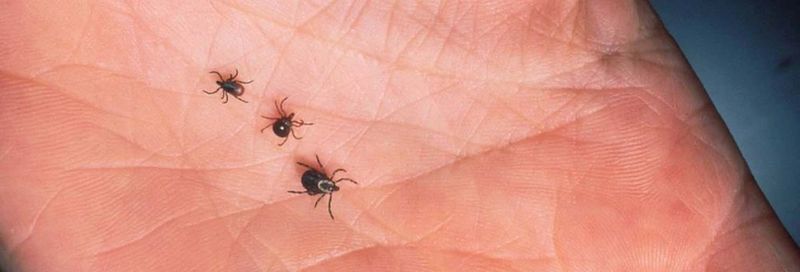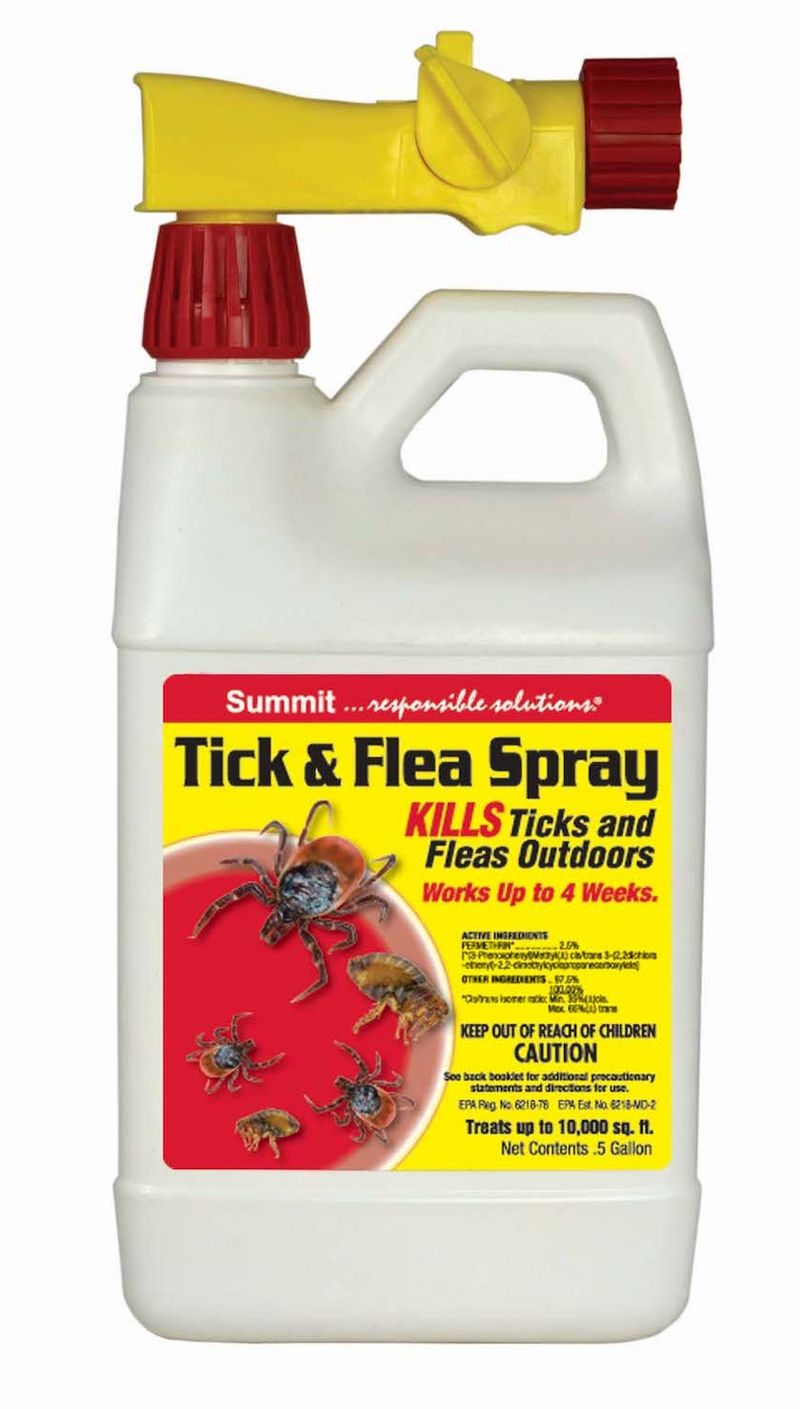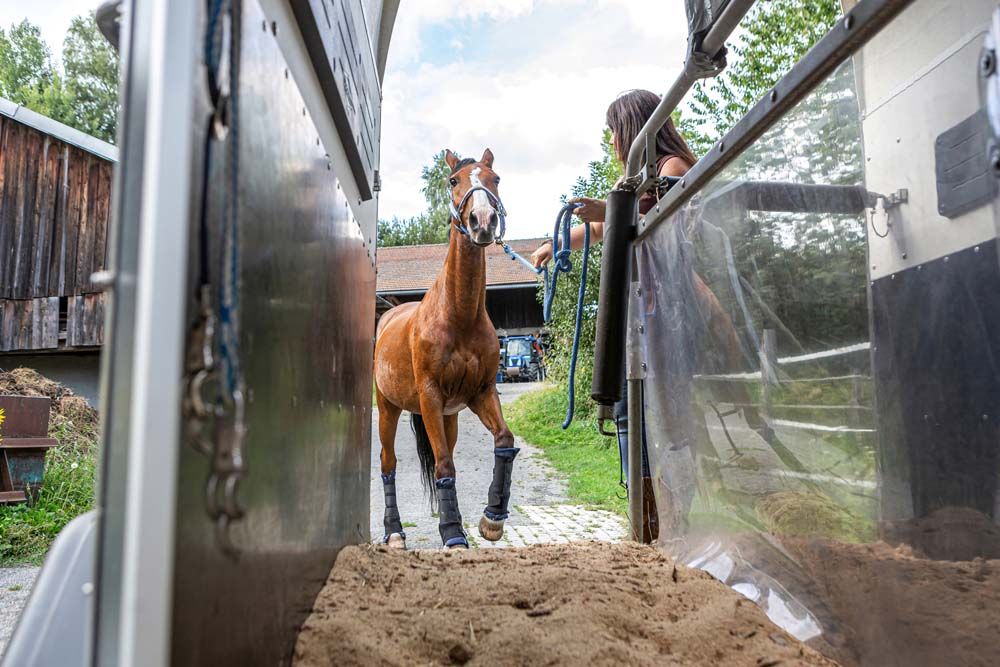Keep Your Garden Free of Ticks


Be ‘tick smart’ with your garden, yard, and clothing
As the temperatures rise and the days get longer, more people start enjoying outdoor activities, including outdoor chores on acreage properties. So, it should come as no surprise that as the weather improves, exposure to ticks increases and tick bites escalate.

Ticks are best known for transmitting Lyme Disease, which can cause a rash, fatigue, fever, chills, and headaches—plus aches in muscles and joints. If left untreated, Lyme Disease can cause arthritis, severe joint pain, and swelling.
The CDC (Centers for Disease Control and Prevention) estimate that more than 300,000 cases of Lyme disease occur every year. Lyme disease is transmitted by the bites of infected Blacklegged Ticks (also known as Deer Ticks.)
But Lyme Disease isn’t the only disease spread by ticks. The American Dog Tick and the Brown Dog Tick transmit Rocky Mountain spotted fever. The Western Blacklegged Tick can transmit both Lyme disease and Anaplasmosis. The Lone Star Tick carries several diseases.
Tips for tick control
Prevention is the key to keeping tick populations down in backyards and larger properties.
Ticks thrive in high-humidity areas in a landscape such as areas with thick vegetation. They tend to avoid sunny and dry areas where there are fewer plants. Ticks can’t fly or jump, but they often climb to the tips of tall grasses, weeds, and shrubs to wait for something to come by. When that happens, ticks can climb aboard an unsuspecting person or animal.
To keep ticks from migrating into your yard, discourage wildlife such as raccoons, deer, and rodents from coming into your yard. Plant deer-resistant plants and consider deer fencing to discourage deer (which carry Blacklegged Ticks) from visiting your property.

It’s a good idea to remove leaf litter and clear tall grass and brush where ticks can hide. A barrier of wood chips or gravel between wooded areas and landscaped yards will make it more difficult for ticks to migrate into yards. Try to locate swing sets and playground areas away from wooded areas.
Controlling ticks in your yard
Many county health departments recommend treating your yard and property perimeter with a permethrin-based spray. Unlike many other backyard insect sprays, Permethrin is an acaricide—a product that provides superior outdoor tick control that continues to kill and repel ticks for up to four weeks.
Depending on your area, a single application made in late May or early June can significantly reduce tick populations. (Check with your local health department for the best time to apply).
To control ticks, use a permethrin spray such as Summit Tick & Flea Spray around the perimeter of lawn areas, under porches, and in grassy or bushy areas near the house. Also spray shrubs and climbing plants up to a height of 2-3 feet.
Ticks are attracted to dogs, so spray the areas in the yard where your dogs spend time. Kennels and dog houses should also be thoroughly sprayed.

Summit Tick & Flea Spray is available in either a hose-end spray bottle or as a concentrate that can be mixed with water and applied with a pump sprayer. You can find Summit Tick & Flea Spray at Tractor Supply, Do it Best, garden centers, hardware stores, and at summitresponsiblesolutions.com.
Be ‘tick smart’
Even after you have done everything you can to eliminate ticks from your yard, there are additional ways to reduce your chances of being bitten—you can be “tick smart.”
Start by wearing clothing that covers your arms and legs. Tuck your pants into your socks to prevent ticks from getting onto your skin. You can even put tape on the openings of clothing (such as near the cuffs of your long-sleeved shirt).

Wear light-colored clothing. This makes it easier to see a tick if it is on your pants or your shirt. When hiking, keep toward the center of the trail—ticks are more likely to be in shrubs, bushes ,or tall grass.
Check yourself often for ticks when you spend time in the woods or near brush on your property. Check yourself and your family members for ticks and carefully remove any that you find.
By controlling tick populations on your property, you will greatly increase your chances of having a tick-free summer.
The Life Cycle of a Tick
Want to get rid of ticks and kill tick populations? It��’s important to know about their life cycle.
Ticks go through four distinct stages during their two-year life span. Here are the four stages:
- A tick begins its life as an egg.
- The tick egg hatches into a larva, which is sometimes called a seed tick. The larva attaches itself to a host animal, from which it takes a blood meal.
- The tick larva becomes a nymph. The nymph attaches itself to another host animal and takes another blood meal.
- The nymph becomes an adult tick. An adult female tick takes a blood meal from a third animal host (or a person). It then becomes engorged and falls off the host. A female tick can then lay about 3,000 eggs in a protected area on the ground.
Tags:Garden & Landscape

Acreage Life is part of the Catalyst Communications Network publication family.













